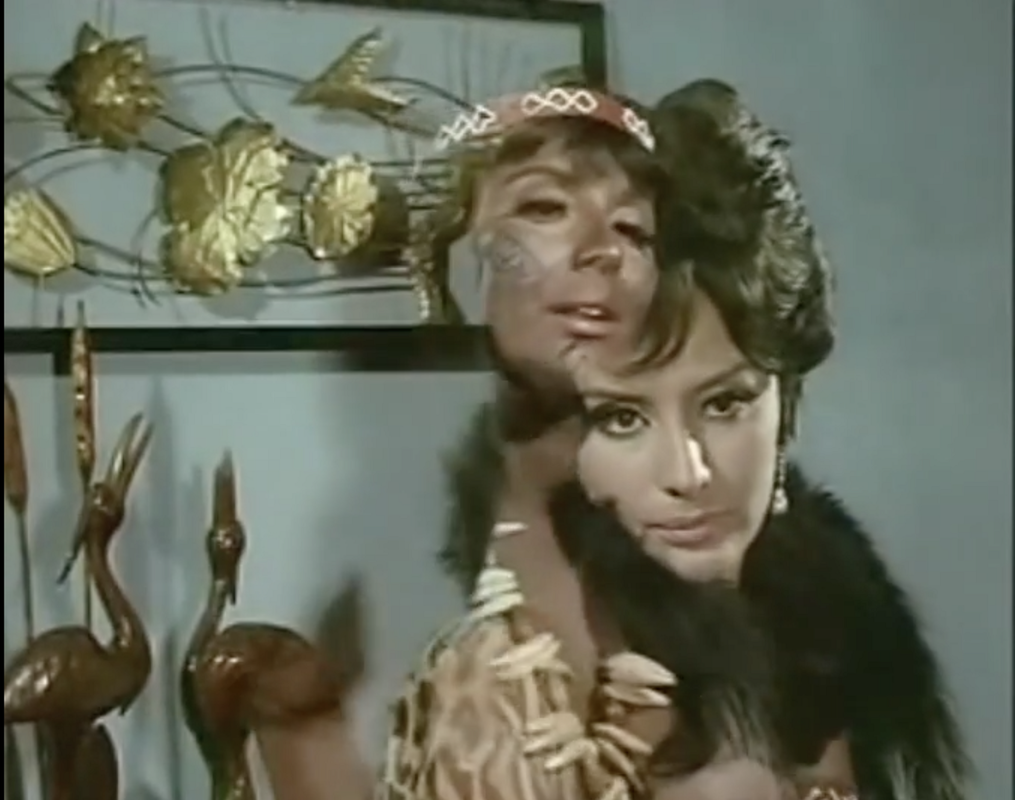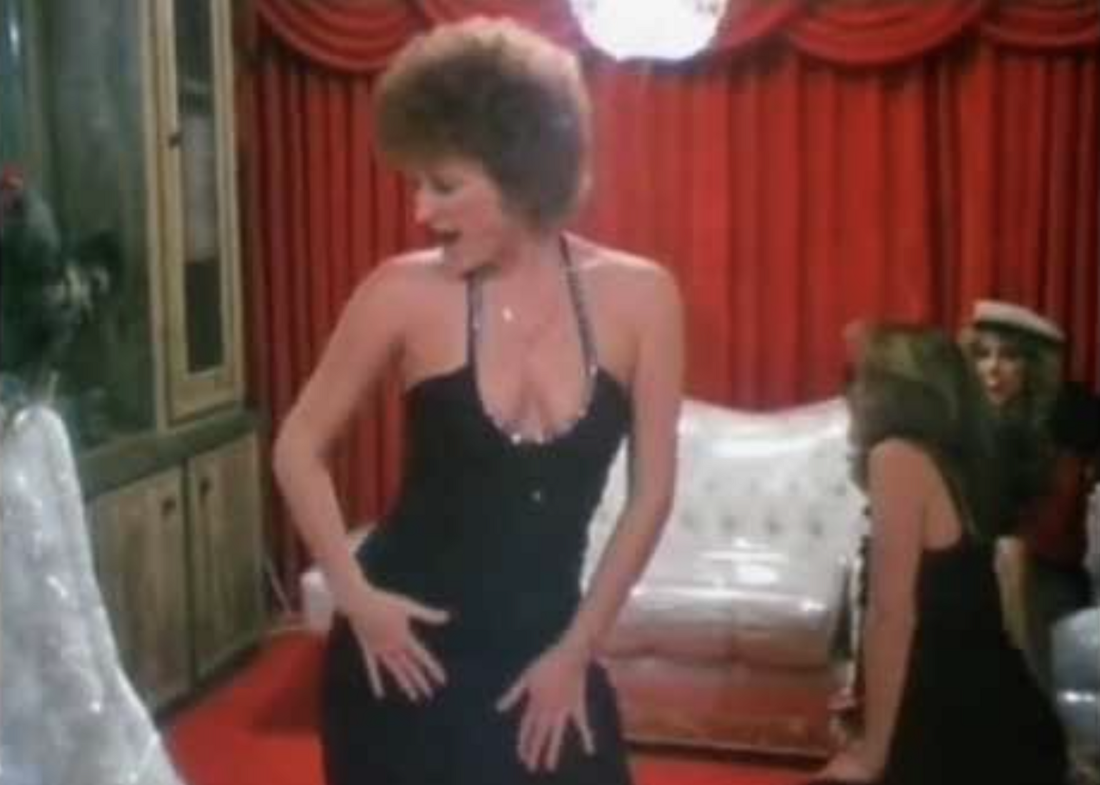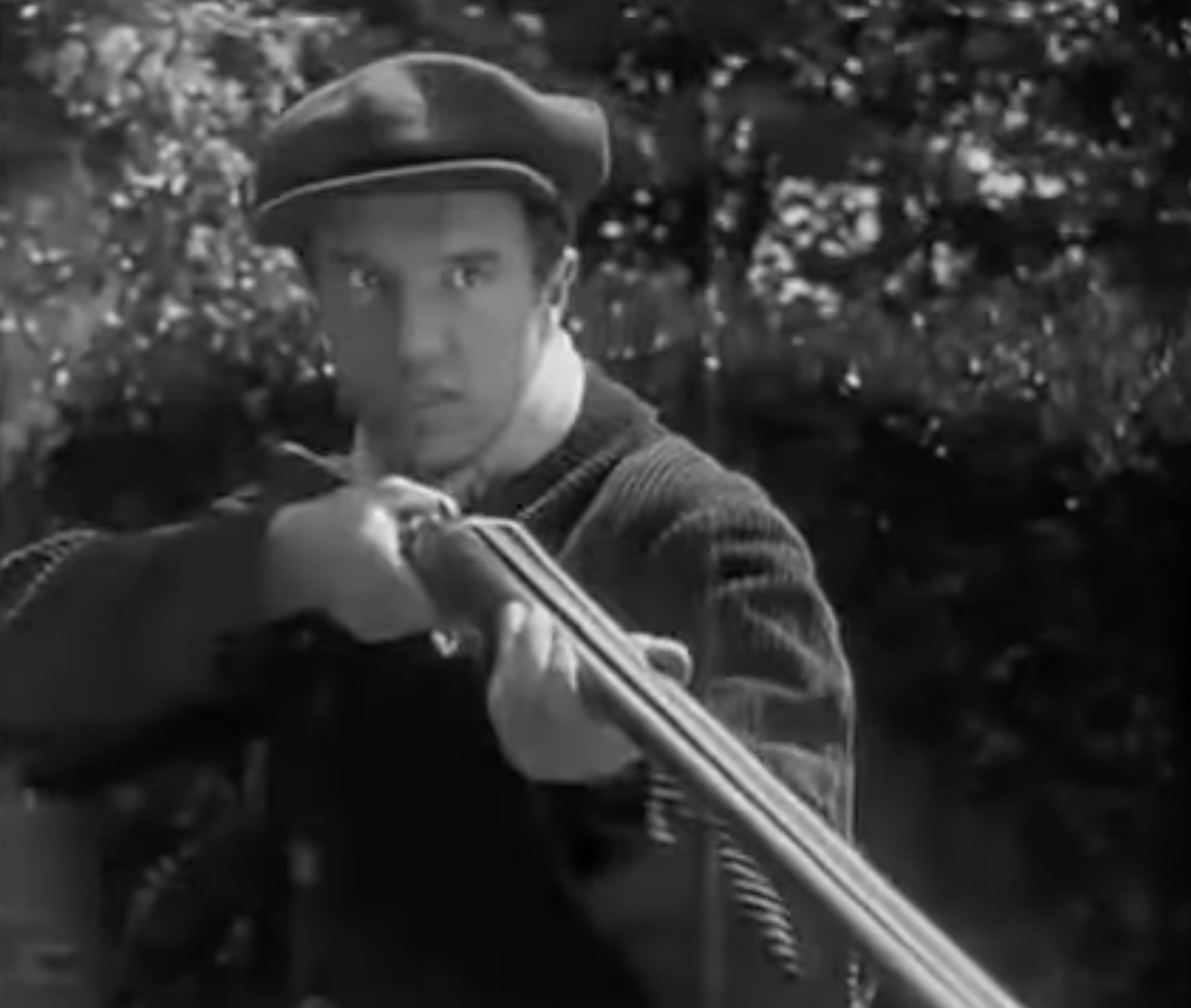
La Cienaga is a beautifully, and meticulously constructed film. Each facet and each scene reflects the entirety of the film. It begins as the sounds of crickets fade in over the opening credits, followed by rolling thunder. The first visual is a brief moment of tree tops under an overcast sky. Cut to a pile of red bell peppers laid out on a tray. We hear a single gunshot in the distance. Back to a few more credits, then a very tight shot of assorted glasses and wine bottles. A hand from out of frame pours a brilliantly saturated red wine into one of the glasses. The gesture is sloppy and clumsy. The hand plops a few hunks of ice into the glass. The glass is raised into the air, where it is wiggled until the ice cubes tinkle with a treble that matches the crickets. Then, several brief shots of people in bathing suits lounging by a green swimming pool, followed by a wonderful brief montage of the middle-aged sunbathers dragging their metal chairs across the pavement. The scrapping noise fills the soundscape as we watch their bodies pass before us. The camera stays close, so all we see is the midsection of each person as they trail their chairs across the screen. It’s a carefully, cleverly orchestrated display of sound, color and movement.
La Cienaga establishes a set of elements: boys hunting in the forest, adults in an alcohol-induced stupor wandering like disoriented zombies, teenage girls scurrying around the house in an effort to make sense of their environment and each other. Wine, crickets, gunshots, thunder, television shows, and aimless hours spent lying in bed half-awake, create a repeating rhythm, a pattern that keeps the film spiraling. Intensity comes and goes unpredictably, but the poetry of these elements repeats itself like someone who is lost and keeps coming back to where they started. Lucrecia Martel, the filmmaker, commented, “The structure of La Cienaga is like a conversation with my Mom. It's an absurd attempt to find a cause-and-effect relationship between a painful event and the facts that explain that event.”

Interviews with Martel are fascinating. She has a poetic mind full of associations and deep connections. She always speaks as much about the sound in her films as the images. She once spoke about how the images are an illusion, but the sound is real. The sound enters the room and hits your body.
Martel made La Cienaga in 2001. It was filmed in Argentina and is hazily autobiographical. The atmosphere of the film feels both banal and surreal. Martel injects just enough artifice, just enough oddity, that we know this is not a naturalistic depiction of reality. People often ignore each other, or repeat themselves, or just never seem to get anywhere. There are bursts of activity, but nothing ever happens, nothing is accomplished. They are all stuck in ruts of their own making. A maid gets fired but never leaves. A group of boys go hunting, pointing their guns at everything, but we never see them shoot. The girls go shopping but never buy anything. People toss, and turn, and cuddle in bed, but never sleep. We watch a TV news report of a Saint Maria sighting that never reappears to the waiting crowd.
La Cienaga has some similarities to Yorgos Lanthimos’ Dogtooth. La Cienaga is less overtly bizarre, but there is that same feeling of isolation, and the stir-crazy tension that comes with close quarters. There is also a Buñuelian atmosphere in that we are watching the bourgeoisie get tangled up in an excess of leisure time. Each time a gun shot is heard in the distance, it feels like it might be the repetition of a single gunshot, as if the characters were caught in a time loop.

The gun shot, the thunder, a dog next door with an aggressive bark, and the mother’s drunkenness all loom dangerously in the periphery. The atmosphere of the film is not filled with menace, but all the way at its edges, just off screen, there is something dangerous.
The camera assumes the point of view of a child. Everything is filmed from a low angle. People’s heads are often cut off. Our entry point is the 15-year-old daughter named Momi. She has big, innocent eyes that reflect a curious, but anxious mind. She is trying to find her place in the family. She moves around more than the other characters. She is unsettled and unsure. There are a lot of characters milling around. Most of them seem like family, but the relationships between all the characters is never fully explained.

Politically, the film blends issues of race and class seamlessly with ordinary life. There are no dramatic confrontations, just the mundane machinations of the maids cleaning up after their employers, and the offhand racist comments that are blurted out between glasses of wine.
This is a complex film. It is a web of poetic and philosophical ideas that are expressed through ordinary and concrete means. In one scene, a car is stopped at a gate in the road. The driver gets out and tries to open the gate, but cannot. “It's locked. No way to open it”, he exclaims. A woman gets out of the car and, with cigarette in hand, grabs a rock and smashes open the lock. Getting back into the car, she says, “Things work the same everywhere.”
This is a film that bears repeated watchings, not because you might have missed something, but because the alchemy of its elements might combine differently the next time you watch it.
“Even though everything on the set has been arranged according to the director’s wishes – the choice of location, the voice of actors, the lines they’ll say – and though everything’s been contrived and planned in advance in great detail, even given all that, the desire behind bringing it all together is for something unexpected to happen.” - Martel

If you enjoyed this article click here for more
www.filmofileshideout.com/archives/the-headless-woman




I watched this film I think in February and it has "haunted" me ever since. Your post captures the impact this film has with astonishing precision and accuracy. I just love what you've written about it. La Cienaga really stuck with me in a way not many films have, like it was a vague dream I had that was slightly nice and slightly unsettling. This post makes me want to rewatch it tonight. "... the alchemy of its elements might combine differently the next time you watch it" !!! Thanks for this perfect summary, I'm gonna come back to this the next time I try to explain/sell this film to someone.
reddit